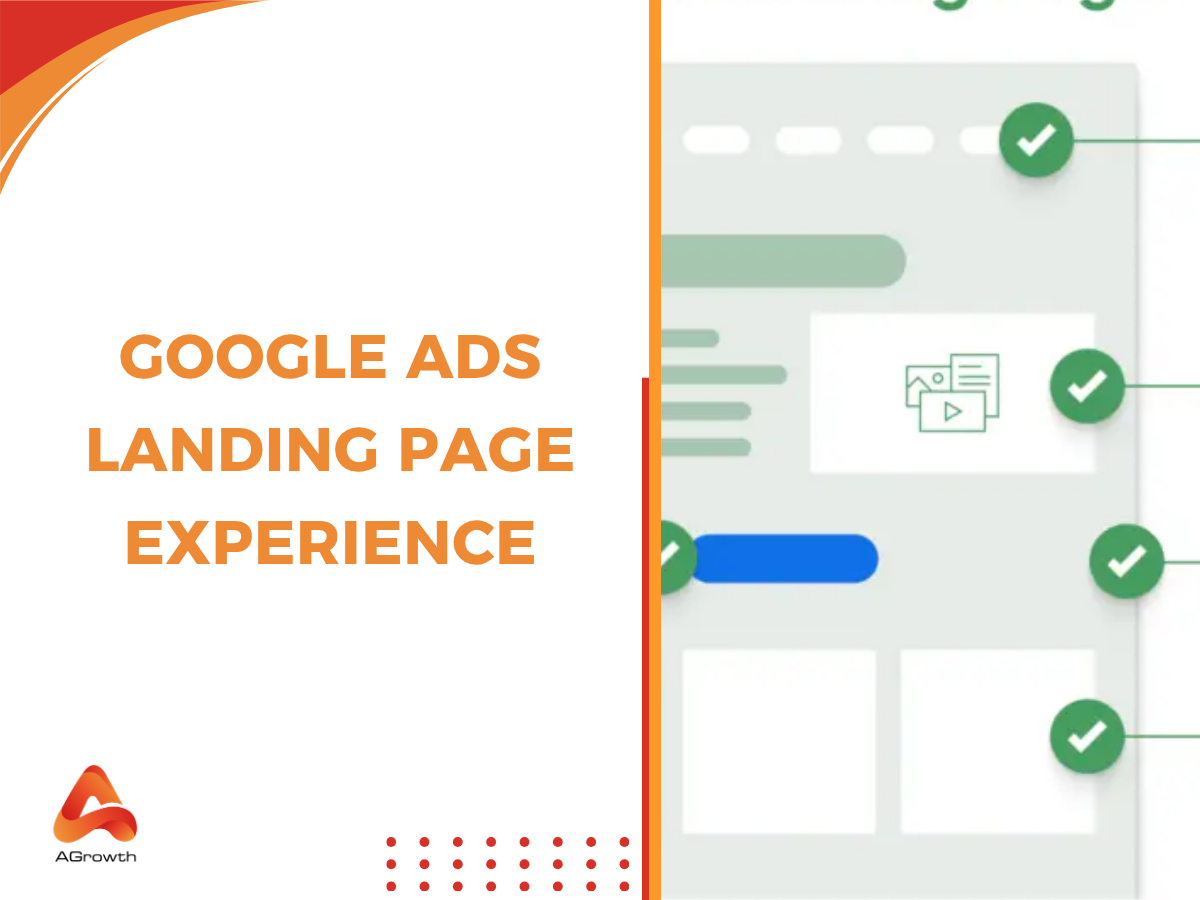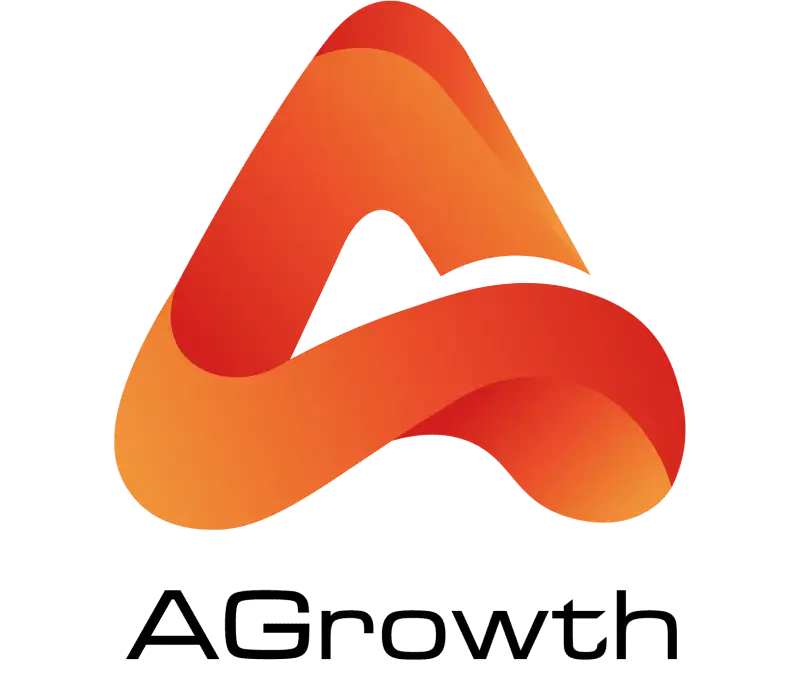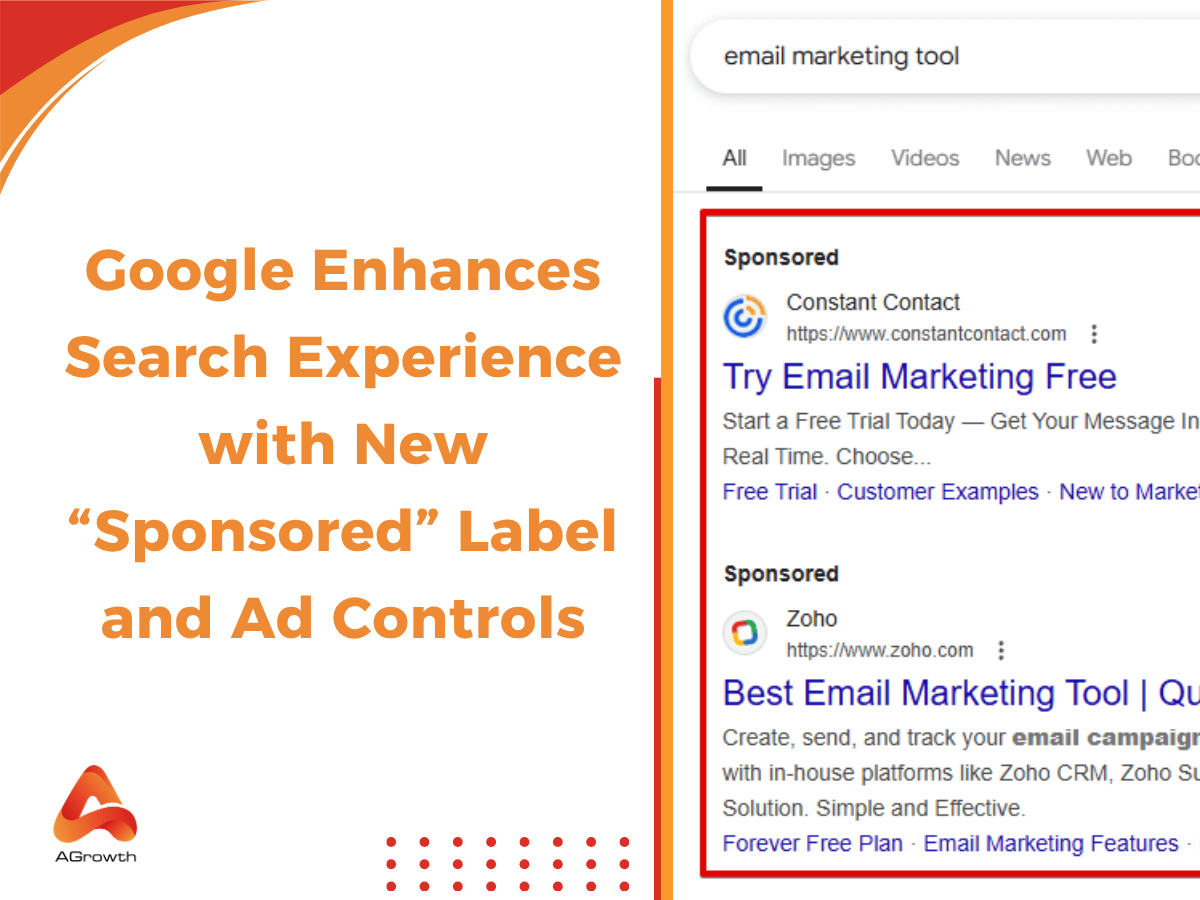
Table of Contents
How to Improve Google Ads Landing Page Experience
You've dialed in your keyword strategy, your ad copy is converting clicks, and your bidding is optimized down to the cent. So why is your ad spend still higher than it should be for the results you're getting? The answer often lies in a blind spot that even experienced advertisers overlook: the critical ninety seconds after the click. This is the domain of the landing page experience—a single, powerful metric that can silently sabotage your campaigns or become your greatest competitive advantage.
For the seasoned advertiser, this isn't just about avoiding a "Below Average" score. It's about understanding that your landing page is an active participant in the Google Ads auction.
This guide will dissect the landing page experience from Google's perspective, exploring how it directly impacts your Quality Score, Ad Rank, and ultimately, your return on investment. Forget generic advice; we will provide actionable strategies tailored for those who understand the fundamentals and are now seeking to master the nuances that separate good campaigns from great ones.
What is Google Ads Landing Page Experience?
Before improving, you need to understand what Google means by “Landing Page Experience.” According to Google’s official documentation, landing page experience is Google Ads’ measure of how relevant and useful your website's landing page is to people who click your ad.
In other words, Google evaluates not just whether your landing page loads, but whether it delivers value to the user based on their search intent and your ad copy.
Google wants to protect its ecosystem. When users click an ad but land on a page that’s slow, irrelevant, or deceptive, they lose trust in both the advertiser and Google. That’s why Google measures landing page quality and incorporates it into your Quality Score.
Why Landing Page Experience Matters in Google Ads
Landing Page Experience is not a vanity metric. It directly impacts the mechanics of your ad performance.
Influence on Quality Score and Ad Rank
Quality Score is central to how Google determines your Ad Rank. A better score improves your chances of showing up higher in the SERP without inflating bids. Since Landing Page Experience is a key factor in this equation, it has a direct effect on visibility.
Impact on CPC
A high Landing Page Experience score can significantly reduce your Cost Per Click. When Google determines that your ads provide a positive user experience, you’re rewarded with discounts compared to advertisers with poor landing pages.
Conversion rate benefits
Even beyond Google’s algorithm, a well-designed landing page means visitors are more likely to convert. When your page aligns with ad messaging and removes friction, you maximize ROI.
Put simply, improving your Landing Page Experience is one of the few optimizations that simultaneously lowers costs and boosts revenue.
Elements of a High-Quality Landing Page Experience
To achieve an "Above Average" landing page experience rating from Google, it's crucial to focus on a handful of core elements that, together, create a seamless and effective user journey. These are not just best practices; they are the very criteria Google's algorithms scrutinize to determine your page's quality.
1. Relevance
The content on your Google landing page must be directly relevant to the keywords a user searched for and the ad copy they clicked on. There should be a clear and consistent message from keyword to ad to landing page.
If a user clicks on an ad for "men's running shoes," they should land on a page showcasing men's running shoes, not a generic shoe category page or the homepage.
The headline of your landing page should echo the ad's headline, and the keywords should be present in the body copy. This thematic consistency confirms to the user that they are in the right place and reduces the likelihood of an immediate bounce.
2. Transparency
Your landing page should be upfront and honest about your business and your offer. This includes clearly stating what your business does, providing easily accessible contact information (address, phone number, email), and being transparent about any costs or fees.
If you are collecting personal information, you must have a clear and accessible privacy policy. Hidden fees, convoluted terms and conditions, or a lack of basic business information are major red flags for both users and Google.

3. Navigation
While a landing page should be focused on a single conversion goal, users should still be able to easily navigate your site if they choose to. This doesn't mean cluttering the page with dozens of links.
However, a clear link back to your homepage and a simple, intuitive navigation bar for essential pages can be beneficial. For e-commerce sites, clear navigation to related products or categories can enhance the user experience.
4. Loading Speed
A slow-loading landing page is a primary cause of high bounce rates. Users expect pages to load almost instantaneously, and even a delay of a few seconds can lead to them abandoning your site.
Google has consistently emphasized the importance of page speed, and it is a known ranking factor for both organic search and a component of the landing page experience for ads.
5. Mobile Optimization
With a significant portion of web traffic now coming from mobile devices, a mobile-friendly landing page is non-negotiable. This means your page should be designed with a responsive layout that automatically adjusts to fit the screen size of any device.
For the overall and comprehensive guide, read our post on how to optimize for Google Ads landing page.
6. Security
Your landing page, especially if it collects any user information, must be served over a secure HTTPS connection. A secure connection, indicated by the padlock icon in the browser's address bar, encrypts the data exchanged between the user's browser and your server, protecting their sensitive information.
An essential, yet often overlooked, component of a successful Google Ads campaign is the user's journey after the click. While advertisers meticulously craft ad copy and strategically select keywords, the destination of that click—the landing page—holds immense power over campaign performance. It's the digital handshake, the first direct interaction a potential customer has with your brand after their interest has been piqued. A seamless, relevant, and user-friendly landing page can be the deciding factor between a conversion and a bounce. Conversely, a poor landing page experience can penalize your ads, drive up costs, and ultimately render your advertising efforts fruitless, no matter how compelling your ad creative may be.
How to Check Your Landing Page Experience Score
To view your landing page experience score, you'll need to navigate within your Google Ads account.
You can track it by going to your Google Ads dashboard, navigating to 'Campaigns,' and then clicking on 'Audiences, keywords, and content.'
From there, select the 'Search keywords' tab. In this view, you will see a table of your keywords with various performance metrics.

If you don't see columns for Quality Score, Landing Page Exp., Exp. CTR, and Ad Relevance, you'll need to add them. Click on the 'Columns' icon above the table, select 'Modify columns,' and then find the 'Quality Score' section. Here, you can add the relevant columns to your report.

How To Improve Your Google Ads Landing Page Experience
Once you've identified landing pages with "Average" or "Below Average" scores, the next step is a systematic optimization approach. Improving your landing page experience involves a multi-faceted strategy focused on enhancing relevance, speed, design, and trust.
Ensure Relevance and Consistency
The message on your landing page must be a direct continuation of the conversation started by your ad.
-
Message Match: The headline of your landing page should closely mirror the headline of your ad. The core value proposition and keywords from the ad copy should be prominently featured above the fold on the landing page.
-
Keyword Integration: Naturally incorporate the primary and secondary keywords from your ad group into the headlines, subheadings, and body text of your landing page.
-
Dedicated Pages: Avoid sending all your ad traffic to your homepage. Create dedicated landing pages for each ad group that are specifically tailored to the keywords and ad copy within that group.
Page Speed Optimization
A slow page is a conversion killer. Use Google's PageSpeed Insights tool to analyze your landing page's performance on both mobile and desktop. Common areas for improvement include:
-
Image Compression: Use tools to compress images without sacrificing quality.
-
Leverage Caching: Configure your server to cache static resources, so the browser doesn't have to reload them on subsequent visits.
-
Minimize Code: Remove unnecessary JavaScript and CSS that may be slowing down the page load time.
Go for Mobile-First Design
With the majority of searches happening on mobile devices, a mobile-first approach is essential.
-
Responsive Design: Ensure your page layout fluidly adjusts to any screen size.
-
Thumb-Friendly Navigation: Use large, easy-to-tap buttons and links. Avoid tiny text links that are difficult to press accurately.
-
Simple Forms: On mobile, forms should be as brief as possible. Use single-column layouts and autofill features where possible.
A/B Testing
Don't rely on assumptions. Continuously test different elements of your landing page to see what resonates most with your audience.
-
Test One Variable at a Time: To get clear results, test only one element at a time, such as the headline, the call-to-action button color, or the main image.
-
Key Elements to Test: Headlines, CTA text and design, hero images or videos, form length, and page layout are all excellent candidates for A/B testing.
Incorporate Trust Signals
Build credibility and reduce user anxiety by prominently displaying trust signals.
-
Testimonials and Reviews: Showcasing positive feedback from satisfied customers provides powerful social proof.
-
Security Badges: Display SSL certificates and any other security or payment gateway logos to reassure users that their information is safe.
-
Awards and Recognitions: If your business has received any industry awards or certifications, feature them on the page.

A Clear and Compelling Call-to-Action (CTA)
Your CTA is the gateway to conversion. It needs to be clear, concise, and compelling.
-
Action-Oriented Language: Use strong verbs that encourage action, such as "Get Your Free Quote," "Download the Guide," or "Shop Now."
-
Visual Prominence: Your CTA button should stand out visually from the rest of the page through contrasting colors and strategic placement.
-
Clarity: The user should know exactly what will happen when they click the button. Avoid vague language like "Submit."
AGROWTH - GOOGLE AGENCY ACCOUNT
⭐ Managed campaigns with expert guidance
⭐ Flexible invoice-based billings, custom top-ups
⭐ High resistance to suspension via agency tier
⭐ Quick fund transfer to new account if needed
⭐ Priority support via Google Partner channel
⭐ Lower fees from 3-5%
⭐ Eligible for bonus credit up to $384
Common Mistakes that Hurt Your Landing Page Experience
Even with the best intentions, advertisers can fall into common traps that sabotage their landing page experience. Being aware of these pitfalls is the first step to avoiding them and ensuring your landing page is an asset, not a liability. These mistakes often stem from a disconnect between the advertiser's goals and the user's expectations, leading to frustration and a swift click of the "back" button.
Not being mobile-friendly
In today's mobile-first world, this is one of the most frequent and damaging errors. When a user on a smartphone is forced to pinch, zoom, and scroll horizontally just to read your content, you've created an immediately frustrating experience. This is a major red flag for Google and a guaranteed path to a "Below Average" landing page experience score for your mobile traffic.
Overusing pop-ups
While a well-timed, relevant pop-up can be effective, aggressive pop-ups that appear immediately upon landing, obscure the main content, or are difficult to close are highly disruptive. They interrupt the user's journey and are perceived as annoying. Google's algorithms can detect these intrusive elements and will penalize pages that use them excessively.
A lack of transparency
Trust is a critical component of the online experience. Mistakes that erode trust can permanently damage your campaign's effectiveness. This includes:
-
Hiding shipping costs or other fees until the final step of checkout.
-
Burying important terms and conditions in fine print.
-
Failing to provide clear and easily accessible contact information.
-
Not having a clear privacy policy, especially when collecting user data.
Content mismatch with the ad
If your ad promises a "50% off sale on all jackets" and the landing page shows full-priced jackets or a generic clothing category, you've failed to deliver on your promise. This disconnect is jarring for the user and sends a strong negative signal to Google about the quality and relevance of your entire ad experience.
FAQs
How does Landing Page Experience affect Quality Score?
Landing Page Experience is one of the three main components of Quality Score, alongside Ad Relevance and Expected Click-Through Rate (CTR). A rating of 'Above Average' will positively impact your Quality Score, while 'Below Average' will hurt it.
Where can I check my Landing Page Experience status?
In your Google Ads account, go to the Keywords report. Add the 'Landing Page Exp.' column, or hover over the bubble in the 'Status' column for any keyword to see its rating (Below average, Average, or Above average).
Final Thoughts
Google Ads Landing Page Experience is more than a technical metric—it’s a competitive advantage. By aligning your ad copy with relevant, fast, transparent, and mobile-friendly landing pages, you not only earn better scores from Google but also deliver a smoother journey for users.
High scores mean lower CPC, better Ad Rank, and ultimately, higher ROI. Poor scores, on the other hand, create a vicious cycle of high costs and lost conversions.
If you’re serious about scaling your campaigns, investing in your landing pages is non-negotiable. Start by checking your current scores, applying the best practices we covered, and monitoring improvements over time.









Your comment